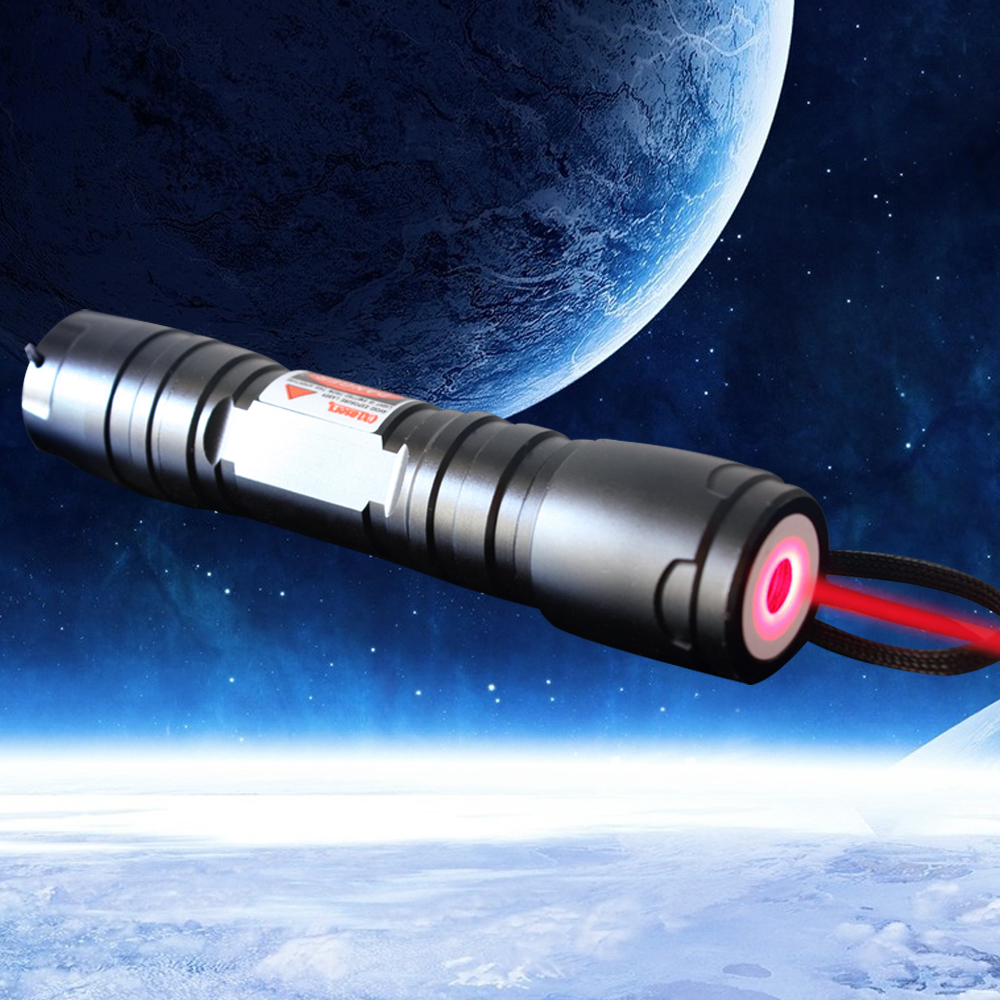LASER stands for "Radiation Excitation Light Amplification" is an instrument that emits light through stimulated emission of electromagnetic radiation through the process of optical amplification. Theodore Maiman invented and designed the first laser in 1960. The design of the instrument was influenced by theoretical research by Charles Hard Townes and Arthur Leonard Schawlow. The difference is also constant. The equipment can be used in a variety of applications in the fields of medicine, research, manufacturing, and military. Basically, when electrons are excited and move to higher energy orbits, laser light is generated. When electrons return to lower energy orbits, they emit photons aligned in amplitude, wavelength, and polarization. For this process, an active medium is needed to provide protons. It can be glass, gas or crystal. Alignment produces a powerful laser beam. The active medium defines the wavelength and generates ultraviolet laser or infrared laser.

active medium defines the wavelength and generates ultraviolet laser or infrared laser.
In the pulse mode, the optical power follows the pulse mode and has a repetition rate based on a certain duration. Pulse mode is used to generate high-power pulses by reducing the pulse rate. Ablation and drilling procedures that require high power output usually use pulse mode at peak pulse power. Processes that require the application of nonlinear optical effects use pulse modes that depend on the maximum pulse power or energy. Sometimes the amplification in continuous mode cannot be achieved, so pulse mode is used. In continuous mode, the output power remains constant over time. In this mode, frequency changes are negligible and will not affect high powered laser applications. This mode requires a stable pump source so that the overall inversion of the amplifying medium can be achieved. Continuous high-power pump lasers may damage the laser due to overheating. Therefore, the continuous mode has a limited power output level. This mode is mainly used for experimental and medical purposes.
